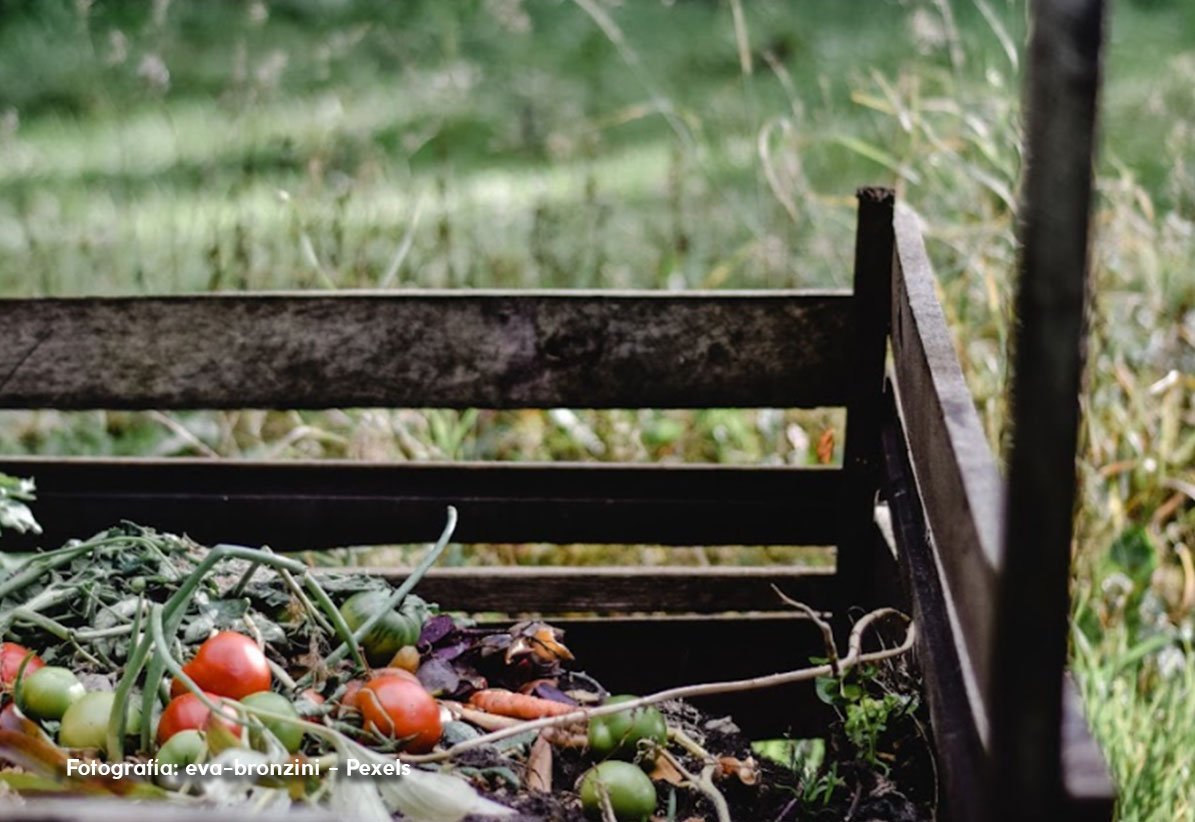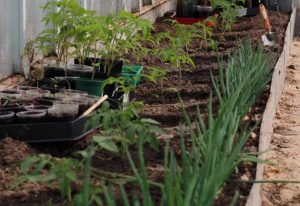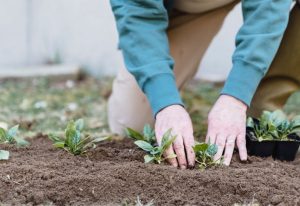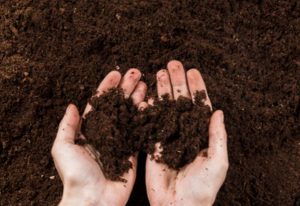
How can we improve and protect our soil
Since soil is one of the most precious assets that humanity possesses, Ivonne Walls tells us about How can we improve and protect our soil?
Soil is one of the most precious goods that humanity possesses, because the life of plants, animals and man on Earth depends on it; It is a non-renewable resource that is easily destroyed, so its preservation and improvement is essential for the subsistence of the planet and its inhabitants. In relation to landscaping, they constitute an integral part of the project, because their characteristics will depend on the correct choice of green elements that allow to achieve an aesthetic, functional and lasting project.

Preparing the soil for planting
Photography: maria-firman – Pexels
Por eso, estudiar la composición y tipo de suelo debe ser primordial para los diseñadores de paisajes, que deben considerar la condición primaria del suelo del lugar y mejorarla con nutrientes y compostas para explotar todo su potencial, incluyendo además en el proyecto un plan de conservación para evitar su posible degradación futura. Es imperativo que, desde todas las disciplinas, se empiece a considerar su conservación, fortalecimiento y protección, creando políticas contra la erosión, degradación y contaminación.
Las políticas de ordenación del territorio deben planificarse en función de las propiedades del suelo y de las necesidades vigentes en la sociedad actual y futura. En los procesos de planificación o toma de decisiones sobre el suelo, se deben tener presentes dos principios básicos:
1. Cada suelo debe dedicarse al uso para el que es más adecuado.
2. Si el uso actual del suelo posee cierto valor, debe protegerse frente a cambios de uso difícilmente reversibles, considerando siempre las potencialidades y limitaciones que presenta.

Planting
Photography: greta-hoffman – Pexels
Can we as landscapers or simple people improve and protect our soil?
– Increasing organic matter in soils, or with nutrients such as Biochar that, unlike traditional ones, has a permanent and cumulative impact.
– Considering in the projects the addition of a greater vegetation cover, increasing vegetation, organic beds and composts.
– Using in landscape designs vegetationthat protects soils from the effects of wind and salinity.
– Reducing the use of fossil fuels, and non-organic fertilizers and pesticides.
– Composting our household garbage.
As we mentioned earlier, the soil is the protec!ive layer of the planet, but not only that: it is the vital natural capital of our world and tells the story of a certain region; It is a map that allows to detect the condi!ions of productivity of a territory, either to conserve it, or to make it more fertile.
Faced with the increasing negative effects produced by climate change that have deteriorated 33% of the planet’s soils, the treatment and improvement of soils in different regions can be the difference between ensuring the food supply of the inhabitants, or the beginning of their extinction.
Avoiding soil degradation and the displacement of communities is the duty and obligation of all disciplines involved in its treatment and management to take care of that skin; of that protective layer of the earth thanks to which we can subsist and develop our lives on this planet.

Soil
Photography: Freepik











